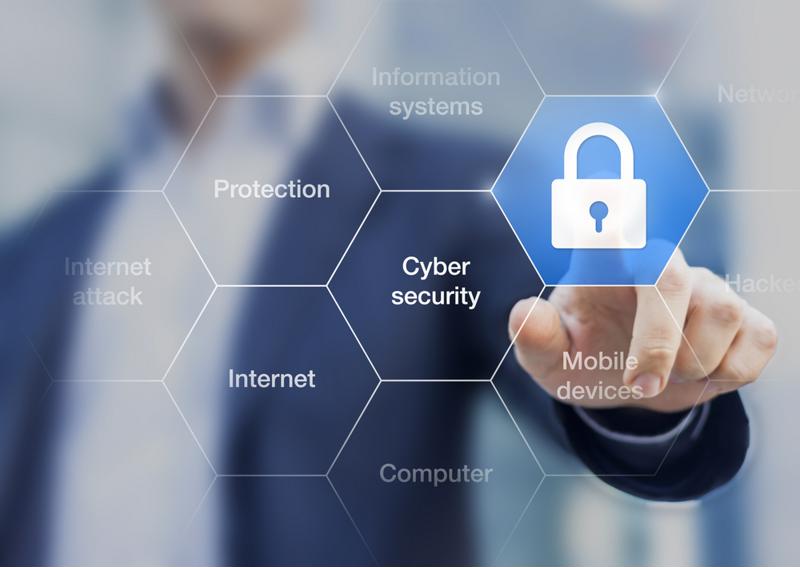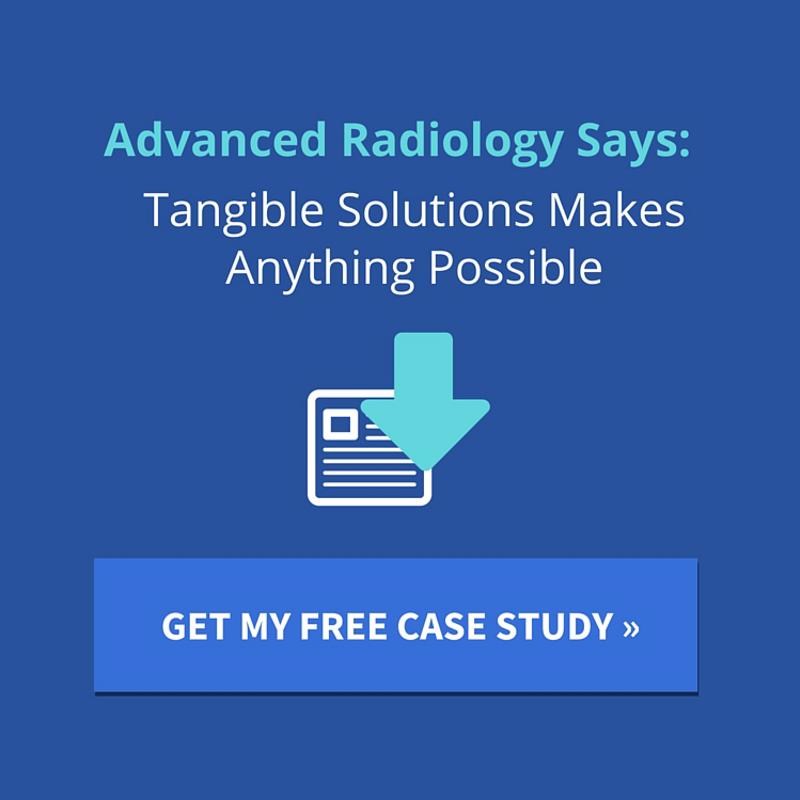Although it may seems as if healthcare has reached a pinnacle of connectivity and operation efficiency, there is an incredible opportunity to make even greater improvements. As more and more devices are connected and able to share data and information electronically, providers will have great command over everything from population health management to supply chain resourcing. Under the umbrella known as the internet of things, these devices and systems can communicate directly with one another automatically and without passing through a central network. In this way, an unbelievable amount of information is available to healthcare professionals, leading to impressive new capabilities.
According to Postscapes, the first use of the term “internet of things” is attributed to Kevin Ashton, who used the phrase in a presentation at Procter & Gamble in 1999. At the time, Ashton explained how automated processes in the company’s supply chain could use Radio-Frequency Identification to communicate with the internet and provide real-time updates on inventory. As the technology behind this vision has advanced, healthcare organizations have a tremendous opportunity to bring new levels of monitoring and precision to patient care and administrative efforts. Here are three things to know about the application of the IoT in healthcare.
1. Increased efficiency
The Healthcare Information and Management Systems Society reported that one of the most pertinent applications of the internet of things is to make improvements to administrative and operational efforts. Data can be used to track inventory in real-time, eliminating the need to over-stock certain items and consequently cutting down on waste. Mobile scanners and the use of RFID can allow providers to have greater command about what is available and what is needed.
 The internet of things pools data from many different connected devices.
The internet of things pools data from many different connected devices.When it comes to tracking patients and seeking value-based solutions, the IoT leverages clinical information from a number of sources and can compile this data into a patient’s EHR. A provider can use devices that send lab data, images and other clinical information to one source without human intervention. Likewise, information from a pharmacy or even a wearable fitness tracker can be seamlessly integrated into a patient’s health history. This way, a physician need not compile or manually log data and can still be provided a tremendously rich and detailed patient profile at the on-set of an appointment.
2. Smoother connectivity
The availability of so much information allows for doctors to work with lab technicians, clinicians and other colleagues much more effectively, as a single patient’s data can be accessed without delay. In many instances, a connected device and remote sensor share the information automatically, and healthcare professionals need not spend time physically exchanging information.
“Population health management efforts can become even richer.”
An EHR can capture the data provided from a session and be updated to the minute. For administrators, this can be used to flag patients in need of a follow-up appointment or on-going treatment. Likewise, a specialist or outside physician can access a wide array of information that may not be conveyed through an email or phone call with a primary care physician.
If a single provider has achieved operational efficiency and minimized any time spent manually inputting data and updating a patient’s profile, big data sets and population health management efforts can become even richer and more efficient. The same automation among devices that can inform a single EHR can also be used to create longitudinal data that can be used for building stronger evidence-based treatment plans and uncover trends or correlations more quickly and effectively.
3. Improvements are needed
The IoT inherently assumes a high level of interoperability between connected devices, which in some instances can be a logistical roadblock. Greater coordination and collaboration between vendors and providers moving forward will need to be employed to overcome this barrier. The integration of legacy IT infrastructure has also been cited as an impediment to full implementation, while concerns related to the secure exchange of data has also been seen as a possible obstacle. Once devices can exchange data fluidly, the high levels of connectivity and improvements to efficiency can be achieved.
Health It Analytics also reported that although there is great demand for the information provided by the IoT in healthcare, processing and making sense of such rich data can be difficult. In many cases, the full application of these solutions has been difficult to realize, and although there is great demand for efficiency in treatment models and daily operations, many organizations are still working to fully realize the potential.
That being said, a recent cross-industry survey conducted by Strategy Analytics found that healthcare is more advanced in the application of IoT data than many other fields, Health IT Analytics reported. This includes predictive analysis, chronic disease and population health management and remote care endeavors. A previous survey found that growth in the use of IoT solutions in healthcare showed some of the most promise of any industry.




